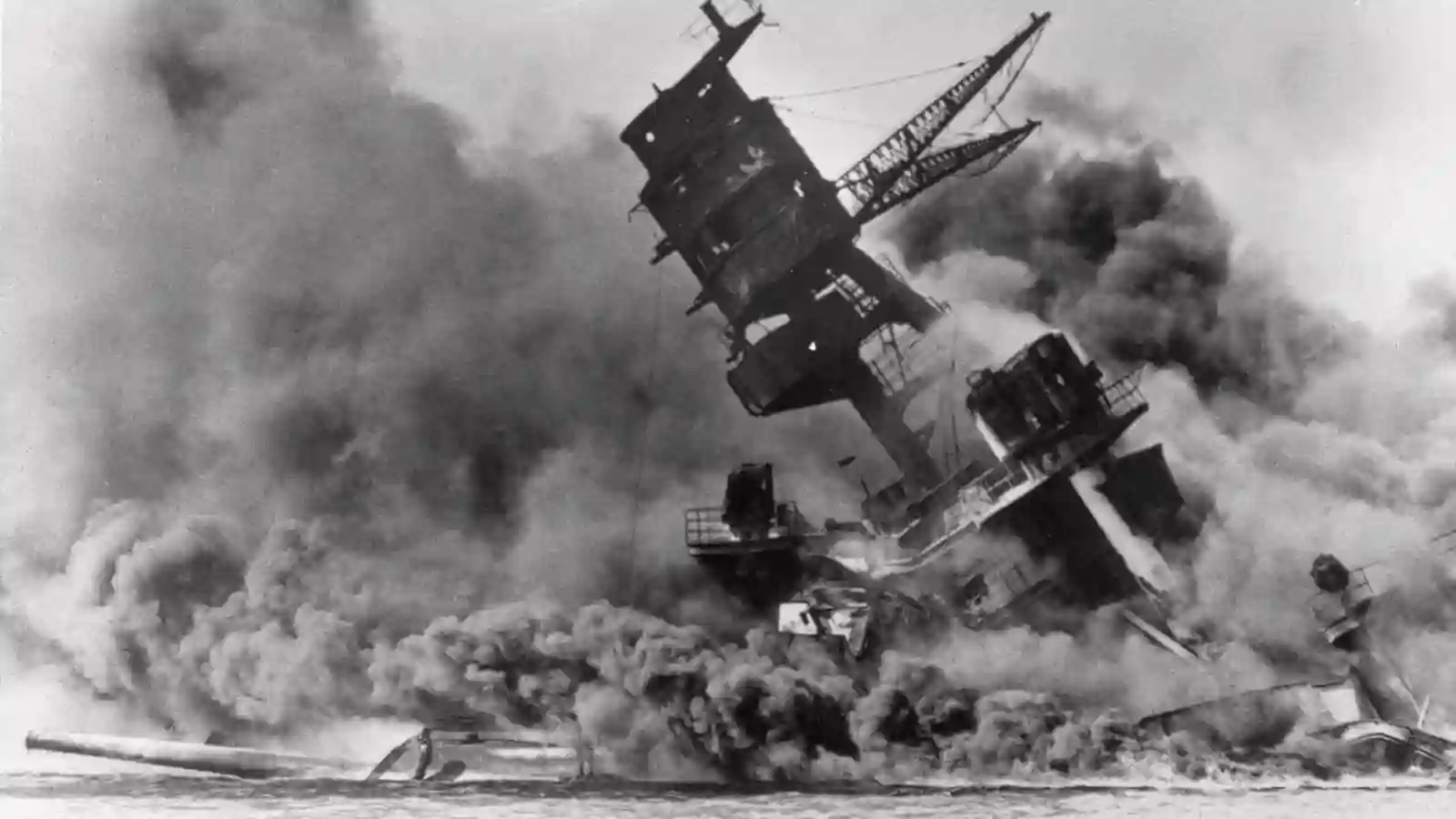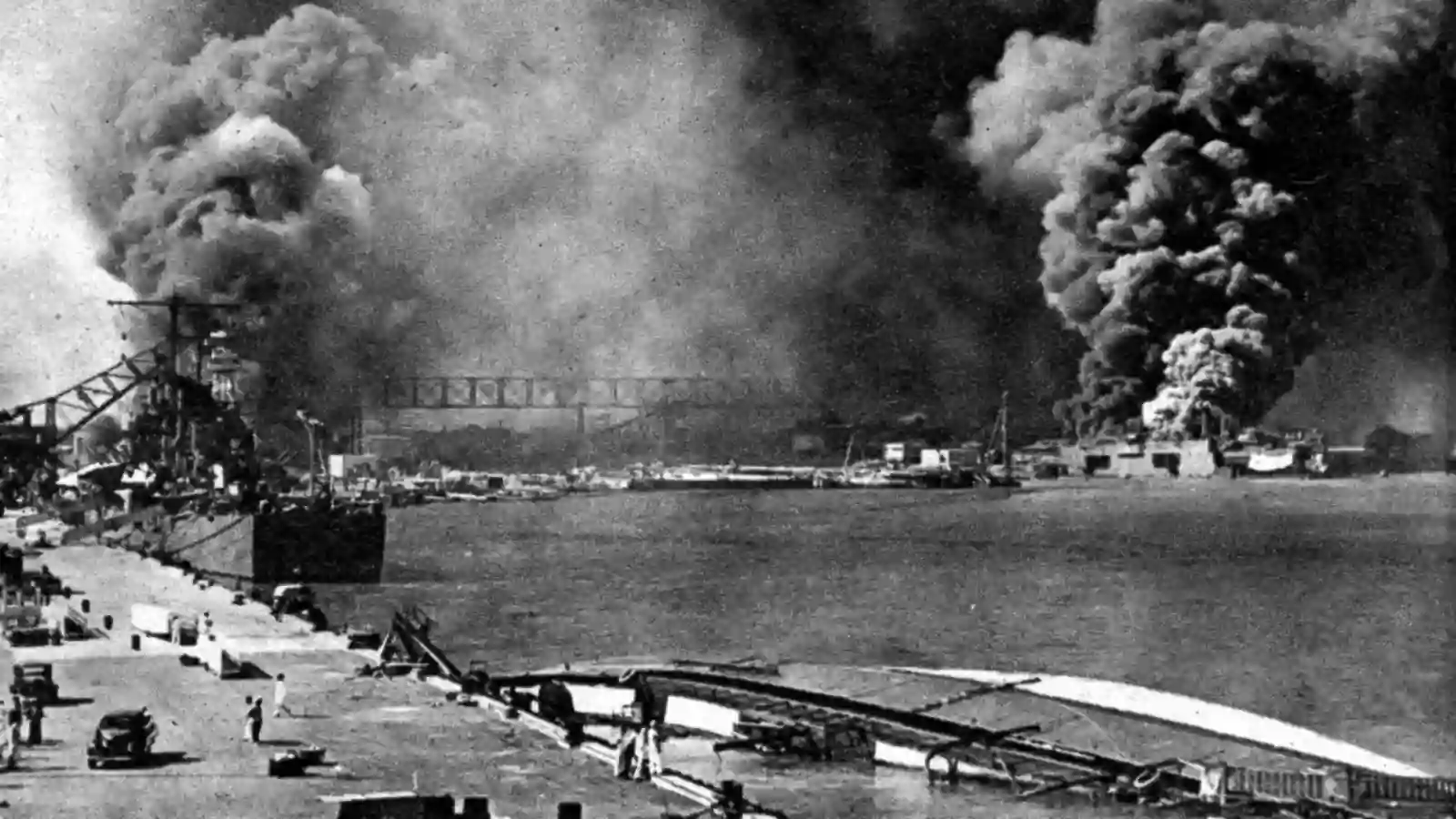The attack on Pearl Harbor is one of the most popular as well as tragic incidents in American history. It was a surprise military strike by the Imperial Japanese Navy Air Service at the US naval base of Pearl Harbor in Honolulu, Territory of Hawaii.
This event, which took place on December 7, 1941, led to the United States formally entering World War II. Before it, the US had taken a neutral stand against the war. So let’s find out in detail about the attack and the three main reasons behind it.
Read More: 1961 Goldsboro B-52 Crash: When USA Almost Nuked North Carolina
Pearl Harbor Attack Explained

On December 7, 1941, the Imperial Japanese Navy performed a surprise military attack on the US’s naval base at Pearl Harbor in Honolulu, Hawaii. Japan attacked the base with torpedo bombers, level, and dive bombers as well as fighter jets.
The attack was in two waves and was launched from six aircraft carriers. Eight US Navy battleships were damaged while four of them sunk. Three cruisers and destroyers, a minelayer, and an anti-aircraft training ship also perished.
Kazuo Sakamaki, the commanding officer of one of Japan’s submarines, was captured by US officials. The attack led to the official entry of the US into World War II which had maintained a neutral stance on the war till then. Subsequently, Japan announced declarations of war on the British Empire and the US. The British government declared war on Japan immediately.
Read More: Buried 150 Years After Death: The Tragic Story Of Ape Woman Julia Pastrana
Three Main Reasons Behind The Attack

While there are many reasons and theories behind the attack. Here are three of them to understand Japan’s reason to attack Pearl Harbor. One of them is the need for natural resources.
They needed oil, steel, minerals, and other things for expansion in Asia under Imperial rule. At that time, the US government, led by President Franklin D. Roosevelt, was keeping an eye on their aggression.
The second reason is the US’s response to Japan’s moves. The US Congress placed several restrictions on doing business with Japan and also froze Japanese assets on US soil. The third reason has to do with the expansionistic mindset of the then-Japanese rulers. In 1939, the US moved its Pacific Fleet from California to Pearl Harbor, Hawaii. This irked the Japanese who were planning to expand in the Pacifics.
Despite predictions of war between the U.S. and Japan at that time, the US continued its stance on neutrality. Japan started the war by attacking first in retaliation. Since it was done without any warning, the attack has been called a war crime.

